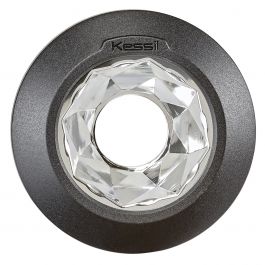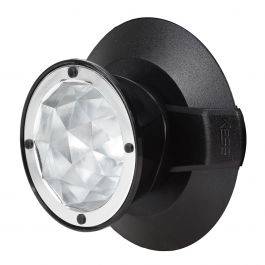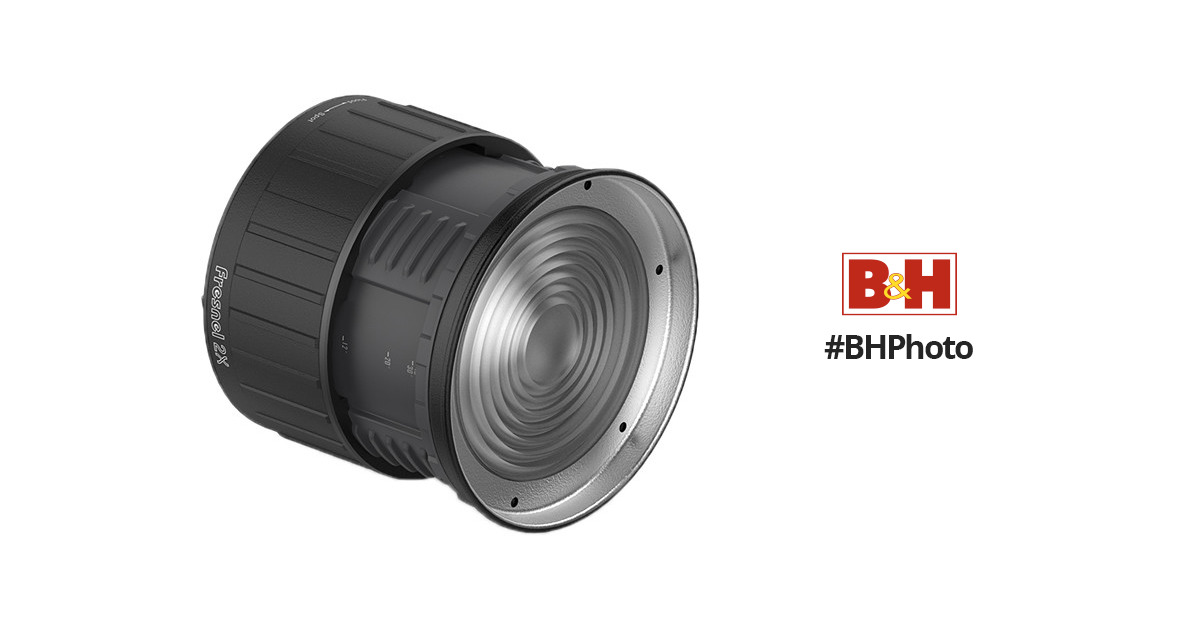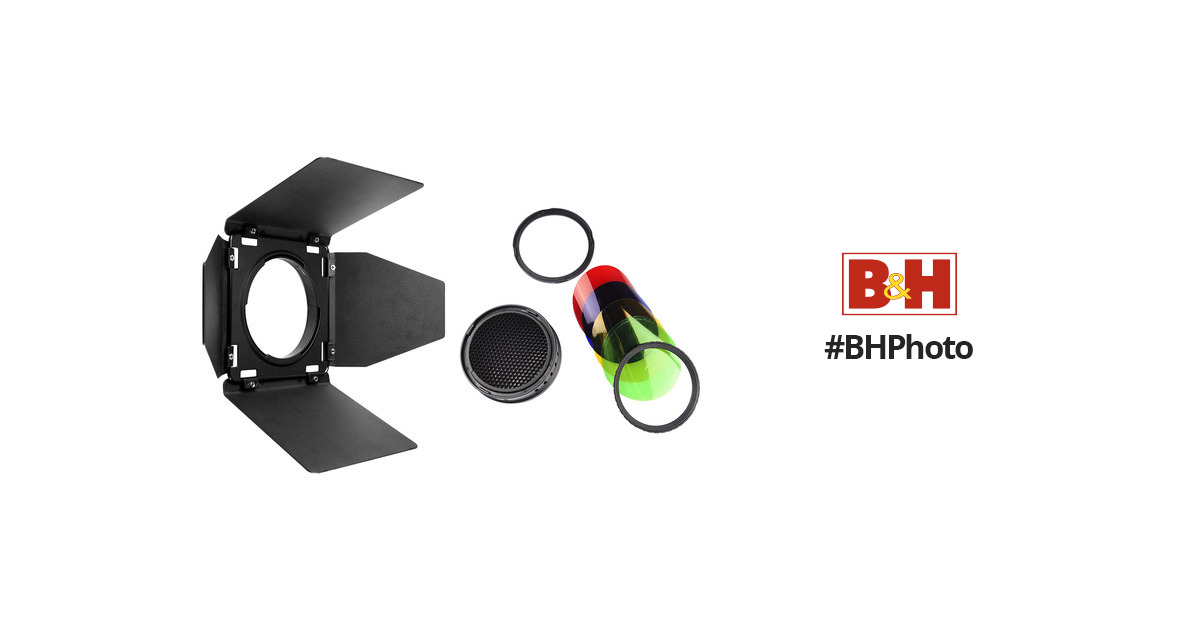In picking up a ~10-15 cm maxima clam in a few weeks. This will be my first foray into clam keeping. I have two seemingly suitable spots in my rock work that have good lighting and not to much direct flow.
These spots are both around 250-300 par and my understanding is that 400-500 would be better. I can’t dial up the lights more because im worried about cooking my other nearby corals.
So im thinking some kind of spotlight would be a good idea to supplement par. What are the options? I find it’s difficult to google and since i only need to supplement a small area it would be nice with something cheap.
Another related question, i have been using long ramp up and down times on my reef but how long should i run at peak with a maxima (right now i only have 3 hours peak)
These spots are both around 250-300 par and my understanding is that 400-500 would be better. I can’t dial up the lights more because im worried about cooking my other nearby corals.
So im thinking some kind of spotlight would be a good idea to supplement par. What are the options? I find it’s difficult to google and since i only need to supplement a small area it would be nice with something cheap.
Another related question, i have been using long ramp up and down times on my reef but how long should i run at peak with a maxima (right now i only have 3 hours peak)






















